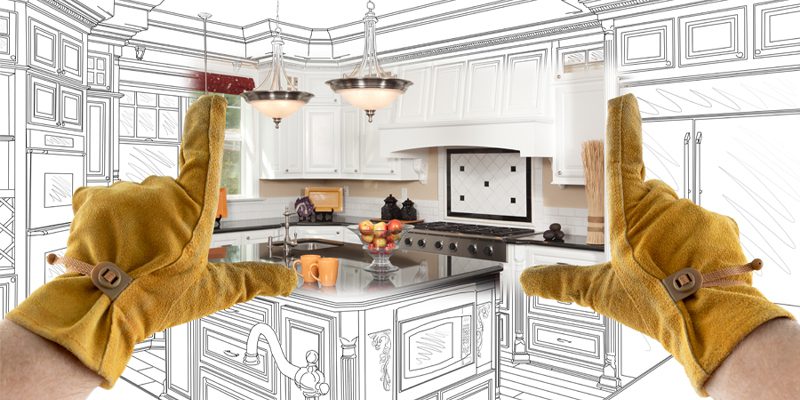No Inventory, No Problem. Tap Into Your Home Equity to Get the Features You Can’t Find in a Crunched Housing Market

By now, it is no secret that finding a new home is a daunting task for many would-be homebuyers.
Low inventory levels, coupled with rising prices, are creating immense competition, leaving even the most prepared and financially attractive buyers left out of the frenzy to find a home with more space and features they desire. In fact, a recent WSFS Mortgage study revealed that more than two-thirds (69%) of respondents feel the middle class is being squeezed out of the market.
The good news for existing homeowners is that the rising values of homes and low interest rates provide a great opportunity to use their equity to gain the comforts they desire without the stress of bidding wars and moving.
Now is a great time to leverage your home’s equity to remodel or make improvements that turn your current house into the home of your long-term dreams. Here are a few things to consider to help make sure your experience goes smoothly.
Decide Which Projects You Want to Complete and When
While this may seem obvious, it’s an even more important consideration given the housing crunch. Because existing home inventory levels are so low, new home construction is also hot—so hot that the wait for a new home to be built is very long. These phenomena are persuading more homeowners to tap into their equity and improve their existing homes.
All of this means that you need a plan.
Create a wish list of projects and start reaching out to contractors that specialize in the types of work you want done. Get at least three quotes for each project—you’d be surprised how often estimates can vary—and prioritize your projects.
Then, contact your bank to get a gauge on your home’s equity and what option are available to you. Depending on your home’s equity and which loan payback options are best for you, you may be able to complete all your desired projects now, or space them out over time.
Choosing a Home Equity Option
If you plan to complete a home remodel or renovation as one large project or a series of projects in succession over a short period of time, a home equity installment loan is a great choice. With a home equity installment loan, you receive a lump sum up front to spend on your project(s), then have predictable, fixed payments and terms over an agreed upon period to pay it back. With rates as low as they are today, this is a great way to invest in your home’s long-term value while adding the comforts you want or need.
If you are planning to improve your home over a longer period of time, or know what you want to renovate in the short term but are still considering additional projects, a home equity line of credit, or HELOC, may be a great fit. A HELOC is a revolving credit line, like a credit card, that you can dip into when needed over a longer period. With this type of variable interest credit line, you have access to funds for up to 10 years (the draw period, where only interest is charged) with as many as 20 years to pay the loan back (the repayment period, where you pay on principal and interest) in full.
If you have some smaller home improvements that you don’t need a HELOC for, but want to use your equity and low rates to your advantage anyway, you can also use the funds for expenses such as college tuition, paying off debt or buying a boat or RV.
Finally, if you are a newer homeowner and don’t have a lot of equity built up, have a conversation with your bank about a personal unsecured loan. Personal unsecured loans can provide the flexibility to make home improvements with fixed rates and terms and low minimum loan amounts, allowing you to continue building equity and depending on the type of project, increase your home’s value at the same time.
However you choose to improve your home or use its equity, now is a great time to take a good look at your remodeling and funding options to make your current home feel like new.

Helping you boost your financial intelligence.
Read our financial resources from your friends at WSFS.



